DAPT
Synonym(s):γ-Secretase Inhibitor IX - CAS 208255-80-5 - Calbiochem;DAPT, N-[N-(3,5-Difluorophenacetyl-L-alanyl)]-S-phenylglycine t-Butyl Ester
- CAS NO.:208255-80-5
- Empirical Formula: C23H26F2N2O4
- Molecular Weight: 432.46
- MDL number: MFCD04974585
- SAFETY DATA SHEET (SDS)
- Update Date: 2024-11-18 21:14:07
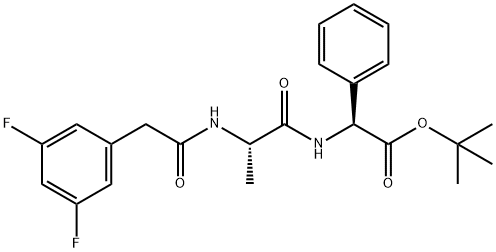
What is DAPT?
Description
DAPT (208255-80-5) is an inhibitor of γ-secretase (IC50 in human primary neurons = 115 nM for total Aβ or 200 nM for Aβ42 specifically).1?Oral administration of DAPT has been shown to reduce levels of Aβ in brain extract, cerebrospinal fluid and plasma from mice and rats.2,3?DAPT blocks Notch signaling which promotes neuronal differentiation of precursor cells.4?Enhances iPS cells without oncogenes KLF4 and CMYC5. Cell permeable.
The Uses of DAPT
DAPT (GSI-IX) is a novel γ-secretase inhibitor, which inhibits Aβ production with IC50 of 20 nM in HEK 293 cells
The Uses of DAPT
A potent and specific inhibitor of γ-secretase.
The Uses of DAPT
DAPT is used in the study of β-amyloid formation. DAPT has been shown to inhibit Notch signaling in studies of autoimmune and lymphoproliferative diseases, such as ALPS and lupus erythematosus, as well as in cancer cell growth, angiogenesis, and differentiation of human induced pluripotent stem cells.
What are the applications of Application
DAPT is a potent and specific inhibitor of γ-secretase
Definition
ChEBI: DAPT is a dipeptide consisting of alanylphenylglycine derivatised as a 3,5-difluorophenylacetamide at the amino terminal and a tert-butyl ester at the carboxy terminal. A gamma-secretase inhibitor. It has a role as an EC 3.4.23.46 (memapsin 2) inhibitor. It is a dipeptide, a difluorobenzene, a carboxylic ester and a tert-butyl ester.
Biological Activity
Inhibitor of γ -secretase; causes a reduction in A β 40 and A β 42 levels in human primary neuronal cultures (IC 50 values are 115 and 200 nM for total A β and A β 42 respectively) and in brain extract, cerebrospinal fluid and plasma in vivo . Does not effect APP α and APP β levels. Blocks Notch signaling in hybrid human-mouse foetal thymus organ culture (FTOC). Activity causes neural cells to commit to neuronal differentiation.
Biochem/physiol Actions
DAPT is a γ-secretase inhibitor and indirectly an inhibitor of Notch, a γ-secretase substrate. Other γ-secretase substrates include LDL receptor-related protein, E-cadherin and ErbB-4. As an inhibitor of γ-secretase, DAPT may be useful in the study of β-amyloid (Aβ) formation. DAPT has been shown to inhibit Notch signaling in studies of autoimmune and lymphoproliferative diseases, such as ALPS and lupus erythematosus (SLE), as well as in cancer cell growth, angiogenesis, and differentiation of human induced pluripotent stem cells (hIPSC).
storage
+4°C
References
1) Dovey?et al. (2001),?Functional gamma-secretase inhibitors reduce beta-amyloid peptide levels in brain; J. Neurochem.,?76?173 2) Portelius?et al. (2009),?Effects of γ-secretase inhibition on the amyloid β isoform pattern in a mouse model of Alzheimer’s disease; Cell Signal.,?5?615 3) El Moueddon?et al. (2006),?Reduction of Aβ levels in the Sprague Dawley rat after oral administration of the functional γ-secretase inhibitor, DAPT: a novel non-transgenic model for Aβ production inhibitors; Curr. Pharma. Des.,?12?1671 4) De Smedt?et al. (2005), Different thresholds of notch signaling bias human precursor cells towards B-, NK-, monocytic/dendritic, or T-cell lineage in thymus microenvironment; Blood,?106?2236 5) Ichida?et al. (2014),?Notch inhibition allows oncogene-independent generation of iPS cells; Nature Chem. Biol.,?10?632
Properties of DAPT
| Boiling point: | 612.2±55.0 °C(Predicted) |
| alpha | +40.0~+47.0°(D/20℃)(c=0.5,DMSO) |
| Density | 1.213 |
| storage temp. | 2-8°C |
| solubility | DMSO: ~18 mg/mL |
| form | solid |
| pka | 12.82±0.46(Predicted) |
| color | white |
| Sensitive | Light Sensitive |
| Stability: | Stable for 1 year from date of purchase as supplied. Solutions in DMSO may be stored at -20° for up to 3 months. |
| CAS DataBase Reference | 208255-80-5 |
Safety information for DAPT
| Signal word | Warning |
| Pictogram(s) |
 Exclamation Mark Irritant GHS07 |
| GHS Hazard Statements |
H302:Acute toxicity,oral H315:Skin corrosion/irritation H319:Serious eye damage/eye irritation |
| Precautionary Statement Codes |
P264:Wash hands thoroughly after handling. P264:Wash skin thouroughly after handling. P270:Do not eat, drink or smoke when using this product. P280:Wear protective gloves/protective clothing/eye protection/face protection. P302+P352:IF ON SKIN: wash with plenty of soap and water. P305+P351+P338:IF IN EYES: Rinse cautiously with water for several minutes. Remove contact lenses, if present and easy to do. Continuerinsing. P332+P313:IF SKIN irritation occurs: Get medical advice/attention. P337+P313:IF eye irritation persists: Get medical advice/attention. |
Computed Descriptors for DAPT
| InChIKey | DWJXYEABWRJFSP-XOBRGWDASA-N |
New Products
(S)-3-Aminobutanenitrile hydrochloride 4-Methylphenylacetic acid N-Boc-D-alaninol N-BOC-D/L-ALANINOL Tert-butyl bis(2-chloroethyl)carbamate 3-Morpholino-1-(4-nitrophenyl)-5,6-dihydropyridin- 2(1H)-one Furan-2,5-Dicarboxylic Acid Tropic acid 1-Bromo-3,5-Di-Tert-Butylbenzene S-2-CHLORO PROPIONIC ACID ETHYL ISOCYANOACETATE 2-Bromo-1,3-Bis(Dimethylamino)Trimethinium Hexafluorophosphate 4-IODO BENZOIC ACID 3-NITRO-2-METHYL ANILINE 1-(2,4-DICHLOROPHENYL) ETHANAMINE (2-Hydroxyphenyl)acetonitrile 4-Bromopyrazole 2-(Cyanocyclohexyl)acetic acid 4-methoxy-3,5-dinitropyridine 1-(4-(aminomethyl)benzyl)urea hydrochloride 2-aminopropyl benzoate hydrochloride diethyl 2-(2-((tertbutoxycarbonyl)amino) ethyl)malonate tert-butyl 4- (ureidomethyl)benzylcarbamate Ethyl-2-chloro((4-methoxyphenyl)hydrazono)acetateRelated products of tetrahydrofuran
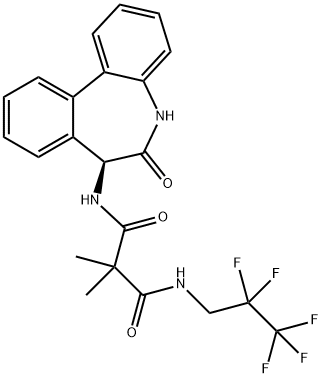
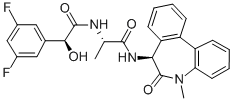
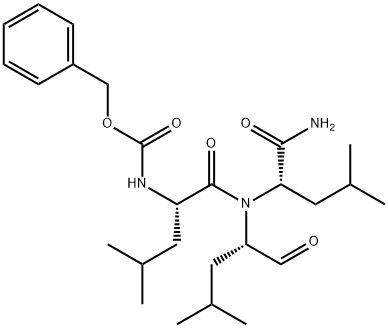
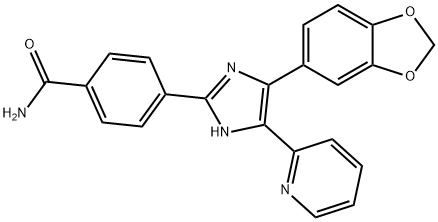
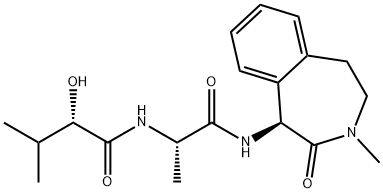
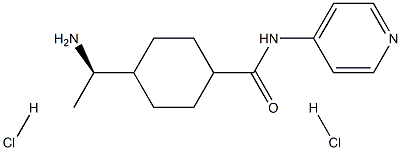
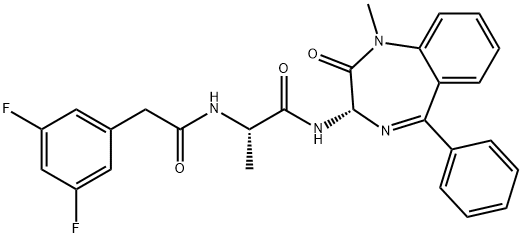
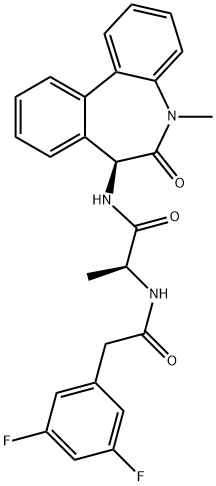
You may like
-
 DAPT CAS 208255-80-5View Details
DAPT CAS 208255-80-5View Details
208255-80-5 -
 DAPT CAS 208255-80-5View Details
DAPT CAS 208255-80-5View Details
208255-80-5 -
![DAPT [Optimized for Cell Culture] CAS 208255-80-5](https://img.chemicalbook.in//Content/image/CP5.jpg) DAPT [Optimized for Cell Culture] CAS 208255-80-5View Details
DAPT [Optimized for Cell Culture] CAS 208255-80-5View Details
208255-80-5 -
 DAPT 98% (HPLC) CAS 208255-80-5View Details
DAPT 98% (HPLC) CAS 208255-80-5View Details
208255-80-5 -
 DAPT CAS 208255-80-5View Details
DAPT CAS 208255-80-5View Details
208255-80-5 -
 γ-Secretase Inhibitor IX CAS 208255-80-5View Details
γ-Secretase Inhibitor IX CAS 208255-80-5View Details
208255-80-5 -
 14714-50-2 (2-Hydroxyphenyl)acetonitrile 98+View Details
14714-50-2 (2-Hydroxyphenyl)acetonitrile 98+View Details
14714-50-2 -
 118753-70-1 98+View Details
118753-70-1 98+View Details
118753-70-1